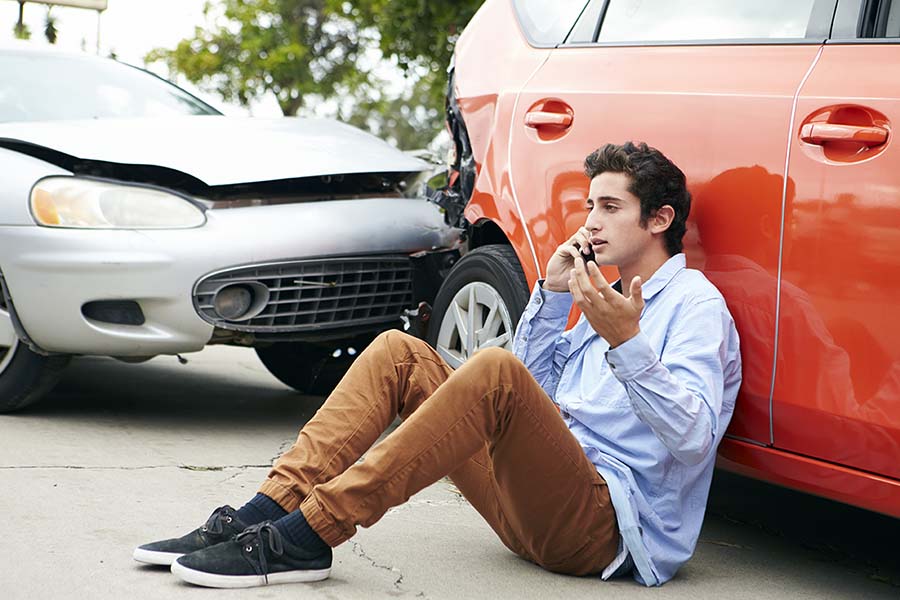
According to the Insurance Institute for Highway Safety, teen drivers ages 16 to 19 are nearly three times more likely than drivers aged 20 and older to be in a fatal crash. The chief reason for adolescents’ poor safety record is their
lack of experience handling a car and sizing up and reacting appropriately to hazardous circumstances such as merging onto a highway, making a left-hand turn at a crowded intersection, or driving in poor weather conditions.
Some teens may not have developed some of the motor coordination and judgment needed to perform many of the complex physical maneuvers of ordinary driving. Teens are more likely to miscalculate a traffic situation and are more easily distracted.
They are also more likely to speed, tailgate, text, or not use seat belts. Teens, particularly males, are also more likely to succumb to peer pressure, overestimate their abilities, and have emotional mood swings, leading to crashes.
HealthyChildren.org has some suggestions to help parents teach their teenagers to drive. Before getting started, discuss the route you’ll be taking and the skills you’ll be practicing. In an even tone of voice, give clear,
simple instructions: “Turn right at this corner.” If your teen makes a mistake, ask him or her to pull over, then calmly talk about what went wrong and how to handle the situation differently next time. Encourage your
teen to talk aloud about what he or she is observing while driving. After each session ask “How do you think you drove today?” If possible let the teenager point out any problems. Ask what they might do differently
next time and be sure to give praise when appropriate.
After receiving their license, they are still in the process of learning. There should be clear guidelines or rules of the road and appropriate penalties for not following these rules. These “rules of the road” can include
the following: No driving or riding with anyone under the influence of alcohol. Call for parental pick-up with no consequences. Because teens are easily distracted insist on no more than two friends in the car at a time.
No eating or drinking while driving. Everyone should wear a seat belt at all times. No nighttime driving. (Driving, when it’s dark, is more demanding. Teenagers are four times more likely to die in a car crash at night
than during daylight hours.) Music should be low to moderate volume and no fiddling with the devices making the music. No talking or texting while driving. Be extremely careful when checking GPS. Better to pull over to check location
and directions. And most important no driving when tired, angry, or upset.
Breaking these rules should result in a consequence, such as a stern warning or even removal of access to the car. As a parent, a good example is a powerful role model. No speeding, no weaving in and out of traffic, no drinking and driving,
no texting, no fits of road rage and seat belts at all times.by Sally Robinson, MD
Clinical Professor
Keeping Kids Healthy
Published 01/03/2022
References:
Healthy Children.org
Insurance Institute of Highway Safety
Also See:
UTMB Pediatrics - Pediatric Primary Care
UTMB After Hours Urgent Care
UTMB Clear Lake Hospital - Pediatric ER & Inpatient Unit